German Easter Traditions. Holidays in Germany. In Germany there are historic Easter traditions that are held during the holiday season. There are events like Easter Bonfires, Goethe’s Easter Walk, Easter Bouquets, Egg hunts etc. Here’s a list of some Easter traditions that you can celebrate:
Easter Egg Hunt

The Easter egg hunt has been a German Easter Sunday tradition that has been going on over years and years since time immemorial. Children in Germany search for hard-boiled coloured or painted eggs, chocolate bunnies, mini eggs or nests filled with the latter.
In some parts of Germany children collect moss and flowers in the forest on Good Friday and build Easter nests in their gardens. On Easter Sunday parents hide eggs or sweets in the nests.
Read also: When is Easter 2025? A significant year for believers
Some families in Germany also hide the eggs in parks where children can ‘hunt’ for them whilst on a family walk or jog. Young or small children are told that the ‘Osterhase’ (Easter Bunny) hides the colourful eggs.
Some families hide the eggs in parks where the children can then ‘hunt’ for them whilst on a family walk. Small children are told that the ‘Osterhase’ (Easter Bunny) hides the colourful eggs, with siblings often competing to find the most eggs.
Easter Bouquet
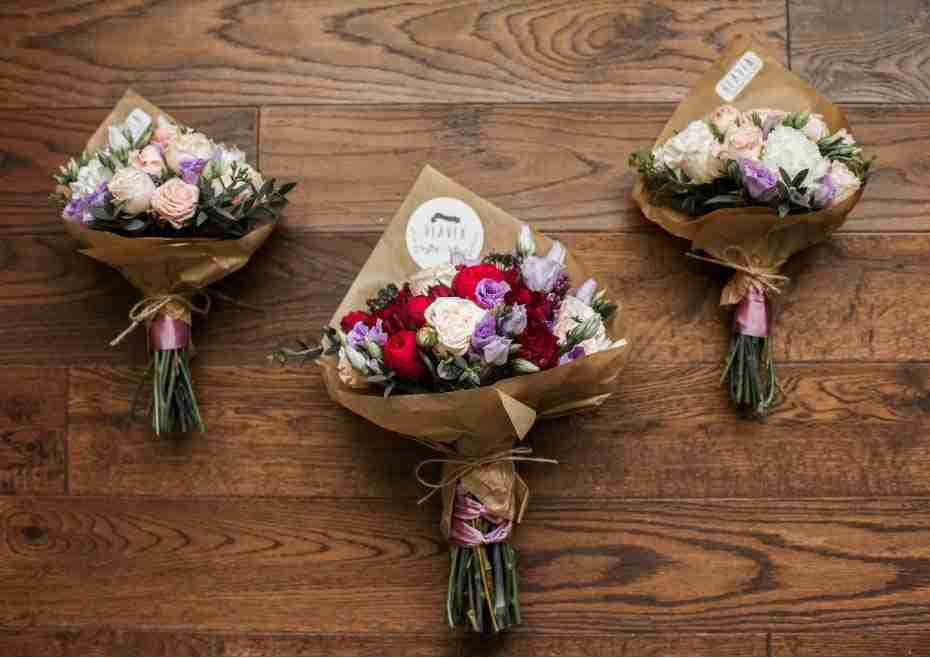
An Easter bouquet can be found at the beginning of spring. it is comprised of branches with blossoms or fresh sprouts, catkins and forsythias are amongst other popular types. The branches are cut on Holy Thursday and are put into a vase until Eater Sunday.
The branches are decorated with hollowed eggshells and parents paint and decorate the eggshells with the children days before.
Read also: 7 facts about Urlaubsgeld, the holiday allowance in Germany
Easter Brunch
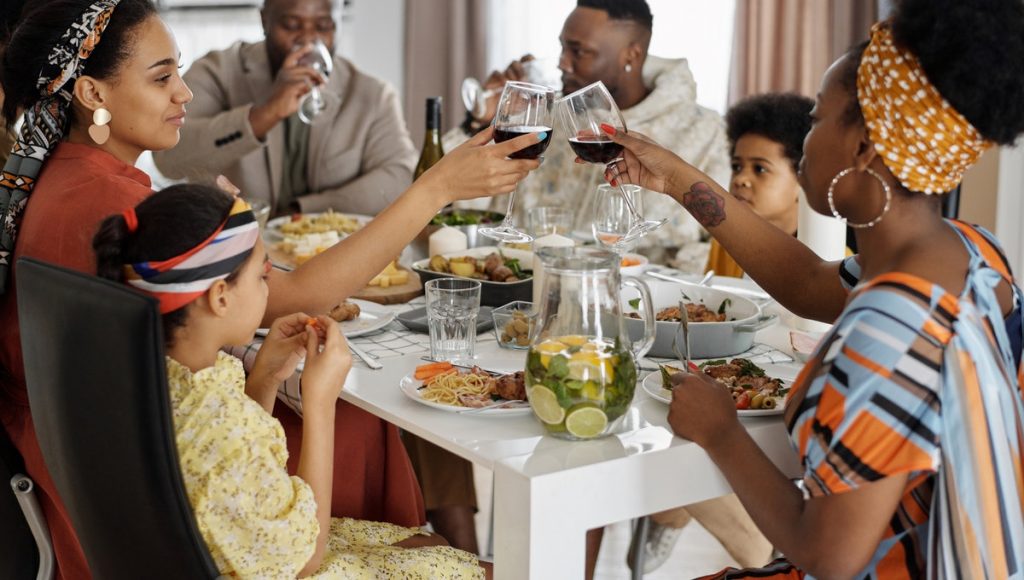
Easter Sunday (Ostersonntag) in Germany annually celebrates Jesus Christ’s resurrection after his crucifixion on Good Friday, according to the Christian Bible. People mark the day by attending special church services, giving gifts and sharing festive meals with family members.
German families traditionally come together for brunch. A variety of buns and spreads are served, and painted boiled eggs are served and painted boiled eggs are served too.
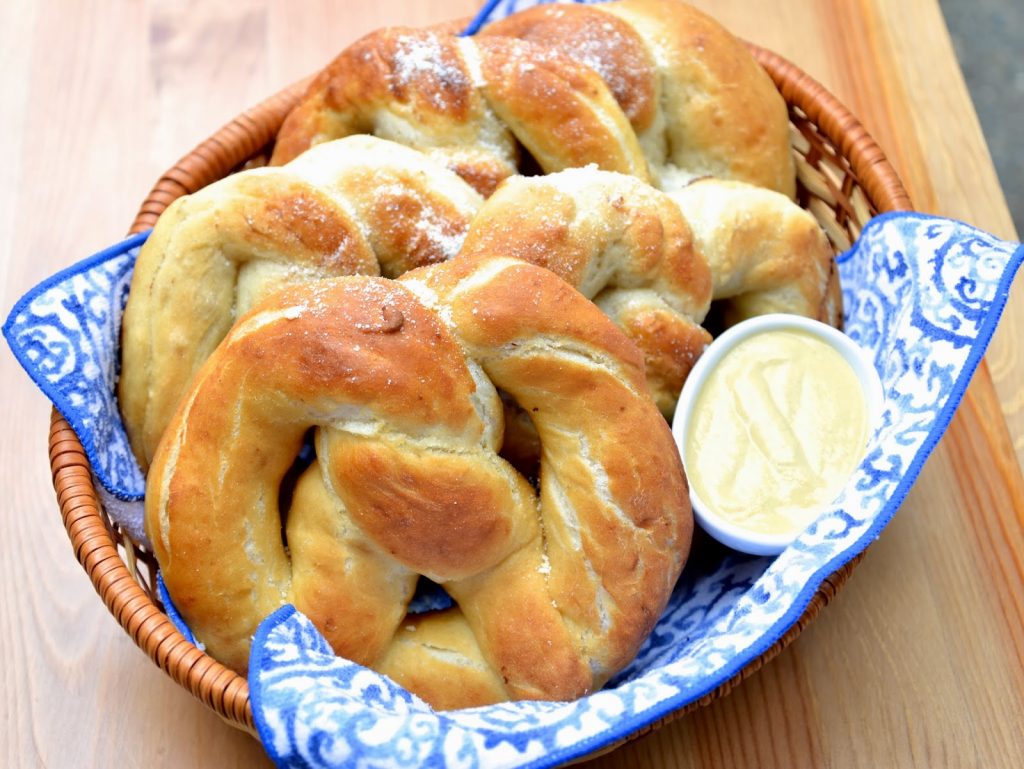
Another paramount point would be having pastries made from yeast dough. Many Germans prepare a “Hefezopf” (literally: yeast braid) at home, which is a golden brown braided yeast bread. Alternatively they bake a big round pastry called “Osterkranz” (Easter wreath) that can be stuffed with nuts and dried fruits. These tasty Easter treats are usually eaten with butter or jam.
Easter Lamb
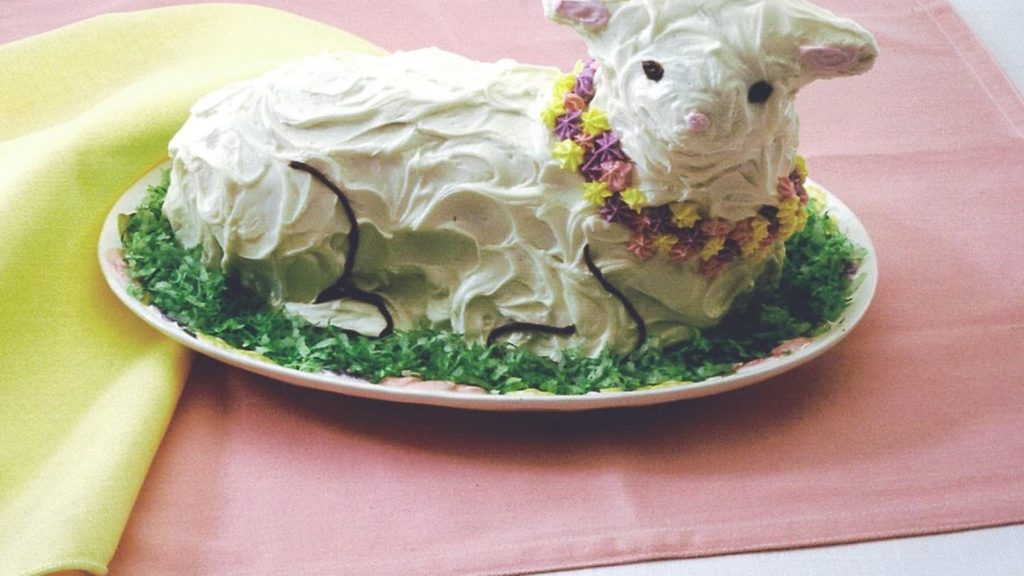
Due to their white fur, lambs symbolise life, peaceful living and purity. In some parts of Germany, a lamb shaped cake decorated with chocolates and icing powder can be found on dinner tables during Easter.
Easter walk
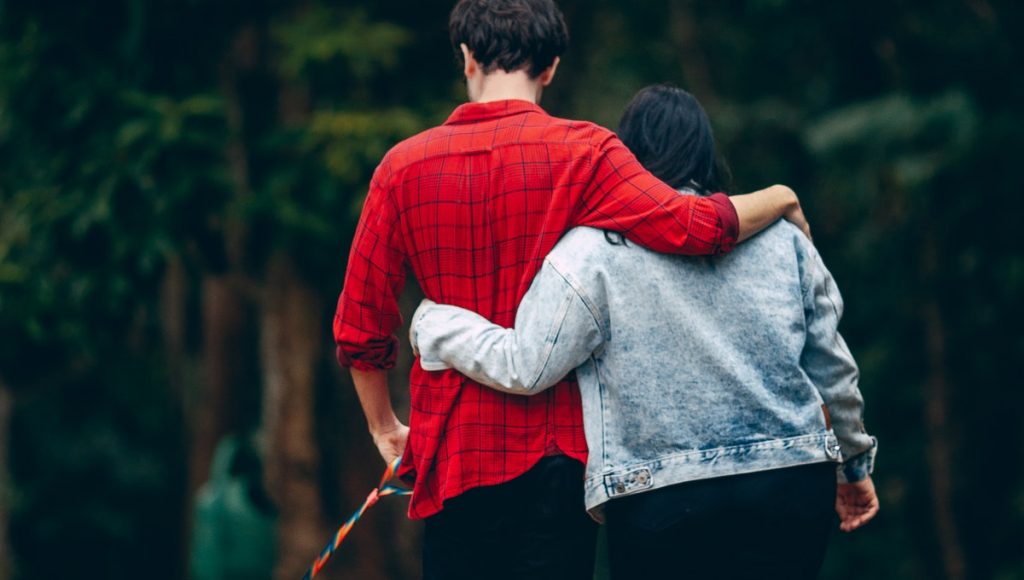
Germany’s most popular Easter poem “Outside of the Gate” by Johann Wolfgang von Goethe, describes the joyful feelings people have, when the cold winter days are gone and the first rays of spring sunshine provide the perfect setting for an Easter-walk together with the family or close friends.
Here is a part of the song: “Zufrieden jauchzet Groß und Klein: Hier bin ich Mensch, hier darf ich’s sein!” (Contented, great and small shout joyfully: here I’m Man, here dare be one!)
Easter Bonfire

From Saturday to Easter Sunday, branches and twigs are piled together to make an enormous bonfire. The Easter fire is mean to to symbolically dispel spirits, brushing aside the last traces of winter and bringing spring forth for the celebration of life and birth.
